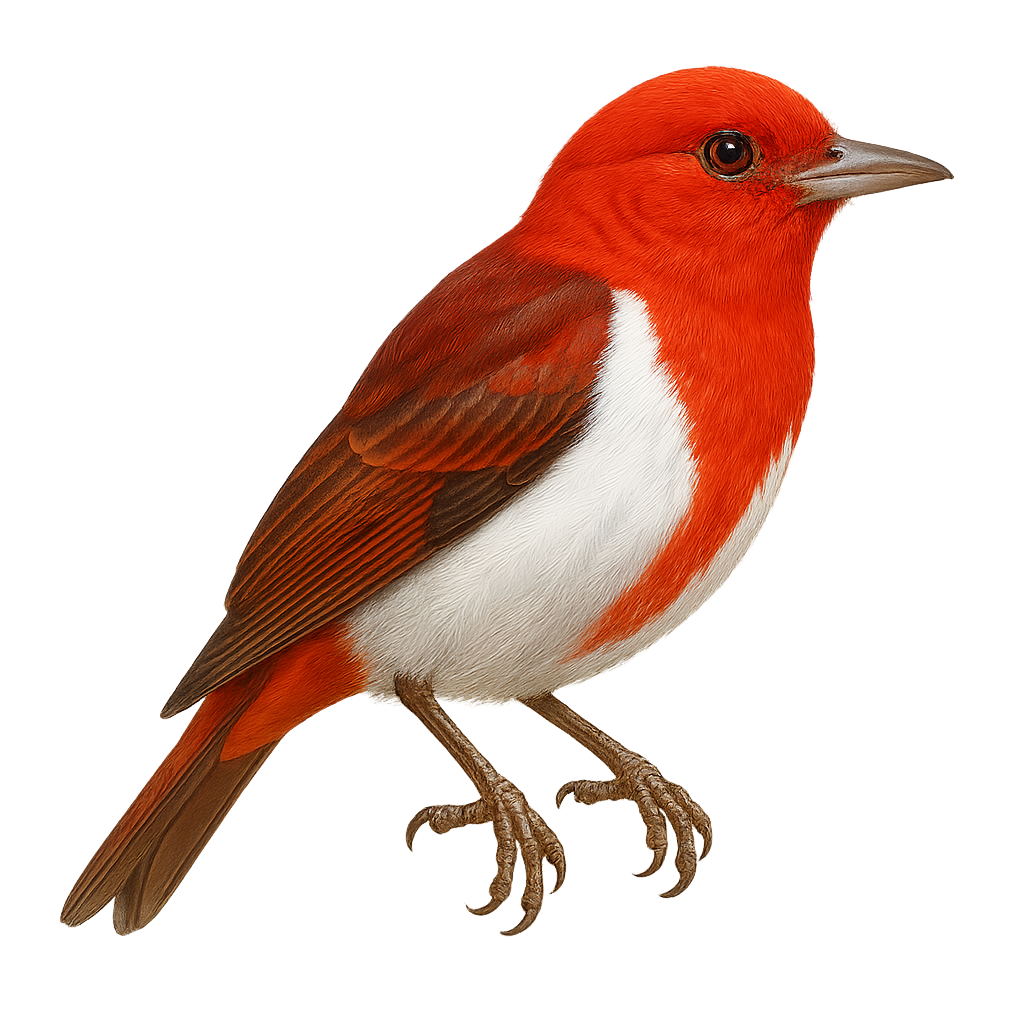Your wildlife photography guide.
Explore the scarlet-and-white tanager in detail, study its behavior, prepare your shots.
Where to observe and photograph the scarlet-and-white tanager in the wild
Learn where and when to spot the scarlet-and-white tanager in the wild, how to identify the species based on distinctive features, and what natural environments it inhabits. The WildlifePhotographer app offers tailored photography tips that reflect the scarlet-and-white tanager’s behavior, helping you capture better wildlife images. Explore the full species profile for key information including description, habitat, active periods, and approach techniques.
Scarlet-and-white Tanager
Scientific name: Chrysothlypis salmoni

IUCN Status: Least Concern
Family: THRAUPIDAE
Group: Birds
Sensitivity to human approach: Suspicious
Minimum approach distance: 10 m
Courtship display: March to May
Incubation: 13-15 jours
Hatchings: March to June
Habitat:
Humid forests, montane forests, forest edges
Activity period :
Primarily active during the day, with peak activity in the morning and late afternoon.
Identification and description:
The Scarlet-and-white Tanager, or Chrysothlypis salmoni, is a bird from the Thraupidae family, primarily found in the humid montane forests of Central and South America. This small passerine is notable for its striking plumage: males have a vivid red head contrasting with a white body, while females display more subdued tones. They typically live in pairs or small groups, feeding on fruits, insects, and nectar. Their melodious and varied song is often heard at dawn and dusk. Although their habitat is threatened by deforestation, they remain relatively common in some protected areas.
Recommended lens:
400mm – adjust based on distance, desired framing (portrait or habitat), and approach conditions.
Photography tips:
To photograph the Scarlet-and-white Tanager, focus on early morning or late afternoon when the light is soft. Use a telephoto lens of 400mm or more to capture details without disturbing them. Look for them in humid forests or at forest edges where they often feed. Be patient and discreet, as they can be suspicious. A tripod can be helpful to stabilize your camera, especially in low light conditions.
The WildlifePhotographer App is coming soon!
Be the first to explore the best nature spots, track rutting seasons, log your observations, and observe more wildlife.
Already 1 441 wildlife lovers subscribed worldwide

